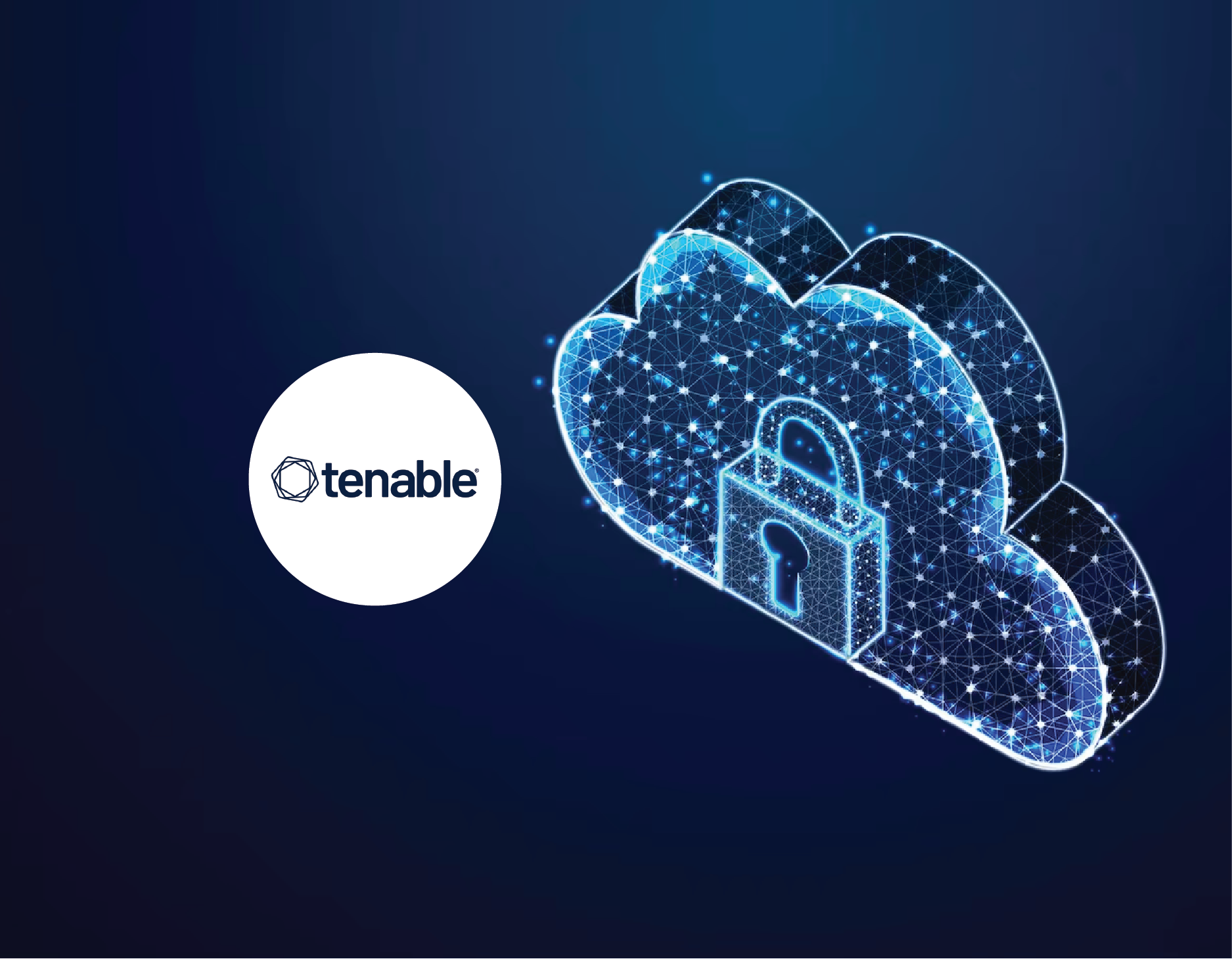Expanded availability of Agentless Assessment enables organizations to quickly and easily discover and assess all cloud assets for vulnerabilities and weakness
Tenable®, the Exposure Management company, today announced significant advancements to Tenable Cloud Security, a unified and scalable Cloud Security Posture Management (CSPM) and vulnerability management solution delivered on the Tenable One exposure management platform, and expanded availability of Tenable Agentless Assessment for Microsoft Azure.
Hybrid and multi-cloud strategies enable organizations to satisfy unique business requirements and accelerate innovation. But managing highly complex and distributed cloud environments – each with its own security tools, processes and specialized skill requirements – is neither easy nor straightforward. As a result, security issues such as simple misconfigurations and excessive privileges – the root cause of the majority of cloud breaches – can go unseen.
Tenable Cloud Security enables organizations to achieve consistent cloud security and compliance by bringing all cloud vulnerabilities, misconfigurations and drift across multi-cloud and cloud-native environments to the forefront, providing organizations with a unified cloud security solution that simplifies and scales cloud security posture management. Tenable Cloud Security’s built-in best practices consistently enforce security posture and compliance across environments, detecting and preventing risky configurations from ever reaching cloud runtimes.
When deployed as part of Tenable One, customers gain advanced vulnerability prioritization capabilities and automated remediation workflows, enabling security and DevOps teams to prioritize remediation efforts where they can have the biggest impact on security and compliance posture.
 “Cloud environments are in a constant state of change, meaning that security, compliance and governance is a ‘never-done’ job,” said Nico Popp, chief product officer, Tenable. “With more than half of data breaches occurring in the cloud, organizations are racing against the clock and cannot afford for weak code to go into runtime. To effectively scale security at the speed and scale of the cloud, the pendulum must swing from reactive threat detection and response to exposure management and preventive cloud security posture management.”
“Cloud environments are in a constant state of change, meaning that security, compliance and governance is a ‘never-done’ job,” said Nico Popp, chief product officer, Tenable. “With more than half of data breaches occurring in the cloud, organizations are racing against the clock and cannot afford for weak code to go into runtime. To effectively scale security at the speed and scale of the cloud, the pendulum must swing from reactive threat detection and response to exposure management and preventive cloud security posture management.”
Additional new and enhanced CSPM features include:
- Continuous Discovery and Assessment – Improved cloud account onboarding enables organizations to continuously discover and assess both managed and unmanaged cloud accounts, limiting blind spots and minimizing risks.
- Most Comprehensive Policy Portal, Views and Content – New policy portal makes it easy to view and customize over 1,500 out-of-the-box policies spanning 20 industry benchmarks and regulations. Enriched by the expertise and speed of Tenable Research, including the industry’s most comprehensive library of 71,000 known vulnerabilities, Tenable Cloud Security has 2.6 times more cloud Center for Internet Security (CIS) certifications than any other cloud security vendor. Organizations can visualize misconfiguration details, impacted resources and all the context needed to quickly remediate issues. With the new low code policy group editor, organizations can create custom policy groups enabling security teams to build custom policy groups leveraging existing policies.
- Automated Cloud-to-Cloud Drift Detection – New drift detection enables organizations to maintain compliance by detecting configuration drift in runtime and between Infrastructure-as-Code (IaC), automating pull requests including corrected code or step-by-step instructions to the right owner, or applying remediation code automatically to significantly reduce mean-time-to-remediation.
- Enhanced Reporting and Collaboration: Enhanced reporting capabilities enable security teams to accurately report on key metrics to executive leadership while increasing cross functional collaboration between security operations and compliance teams. Report and share security posture findings by role, function or by industry benchmarks and regulatory frameworks – such as CIS, SOC 2 and 20+ others.









